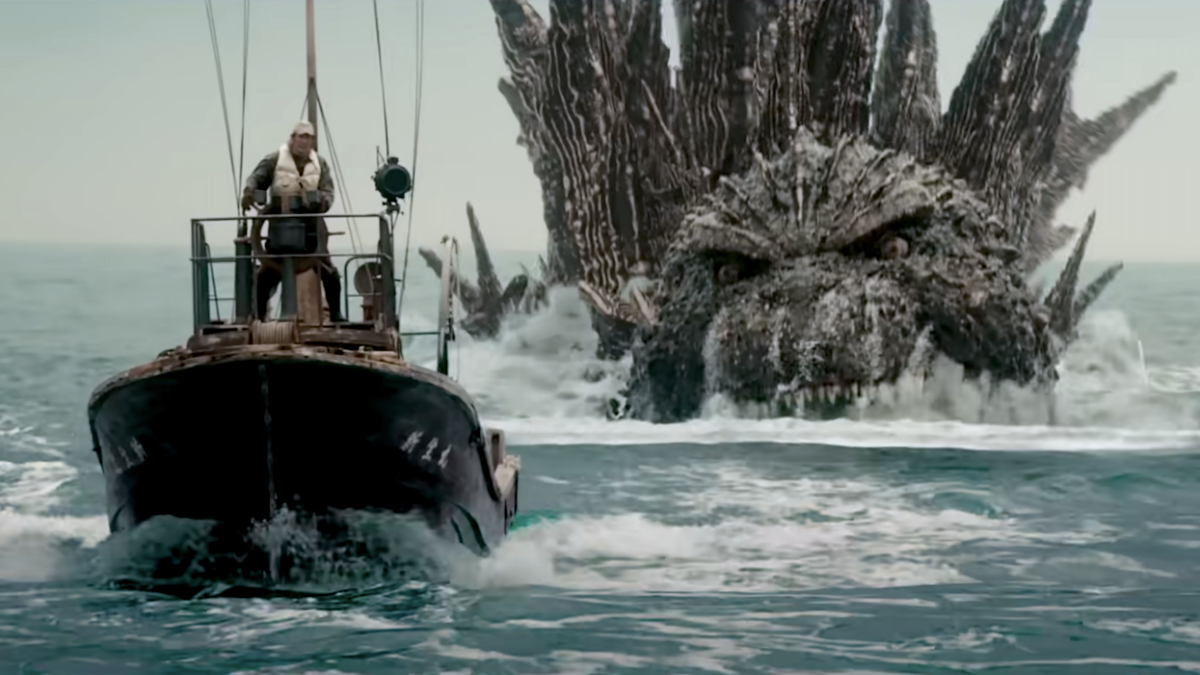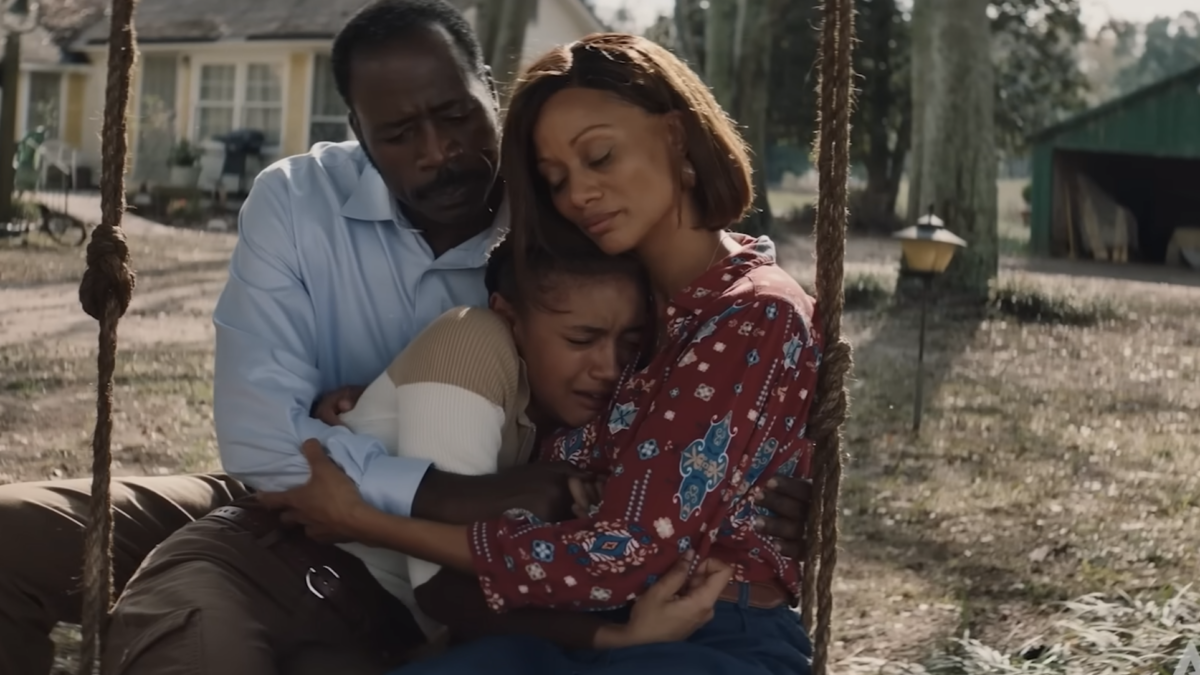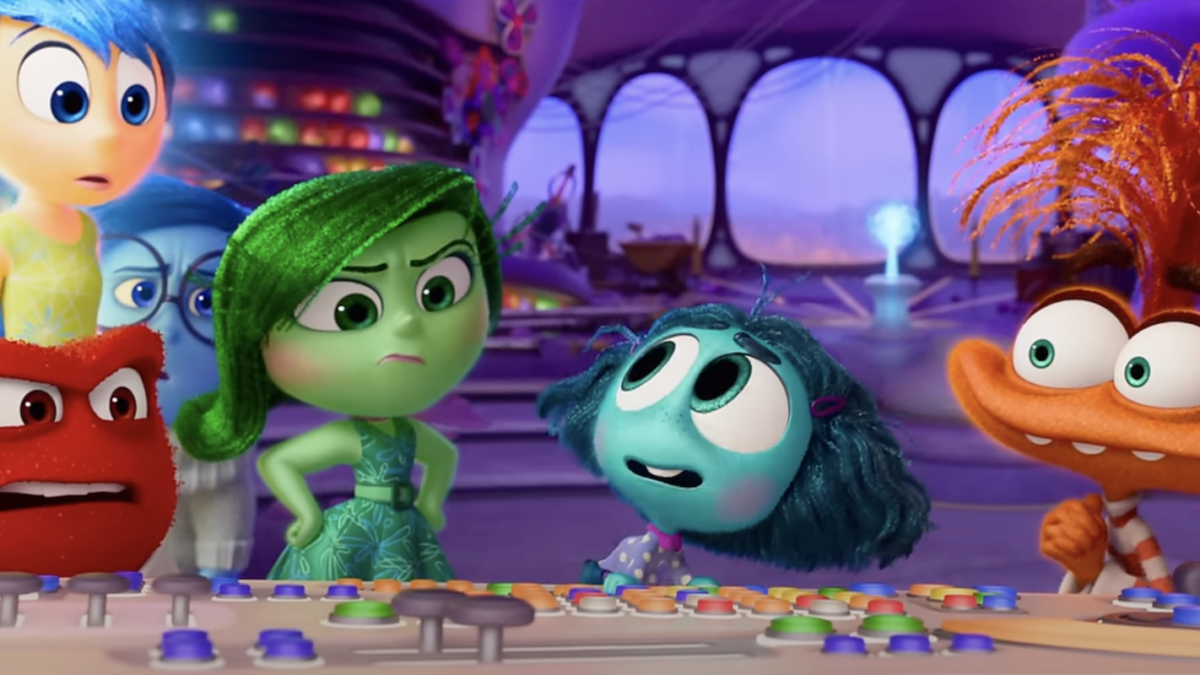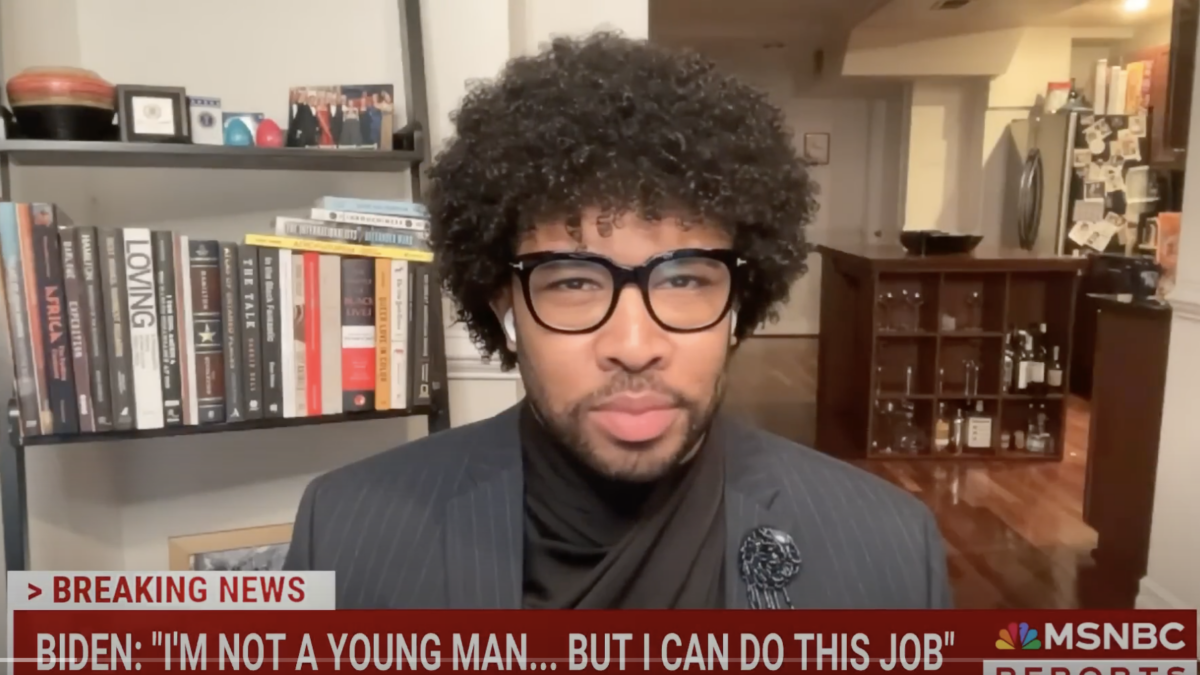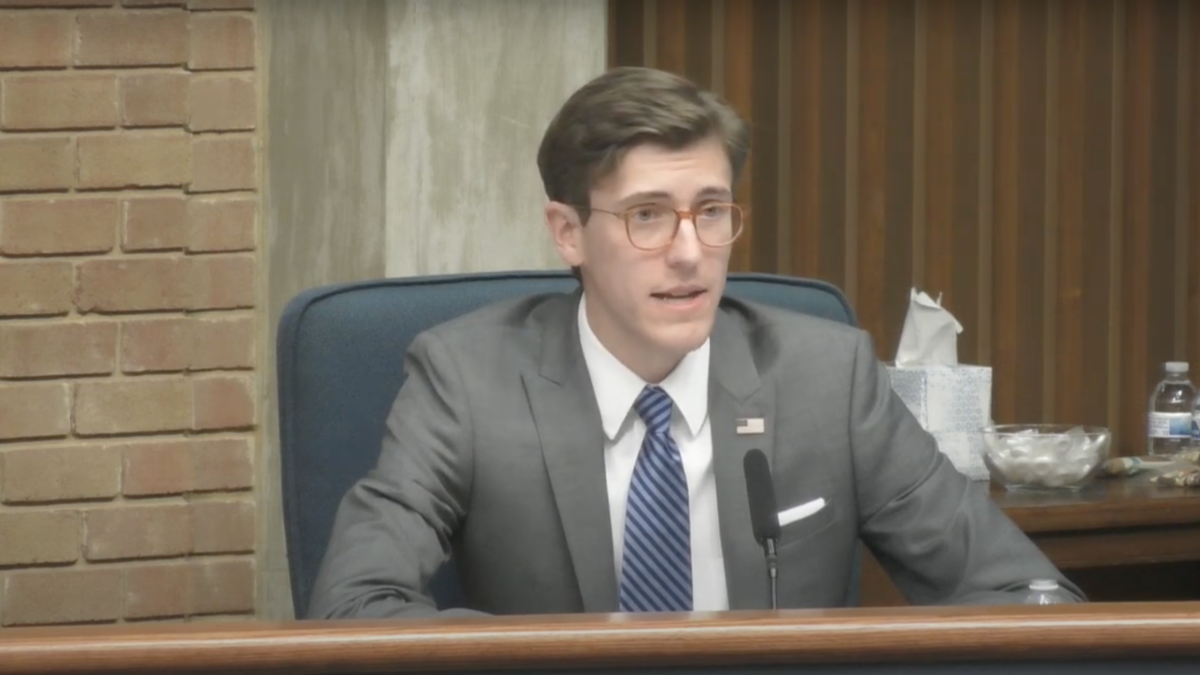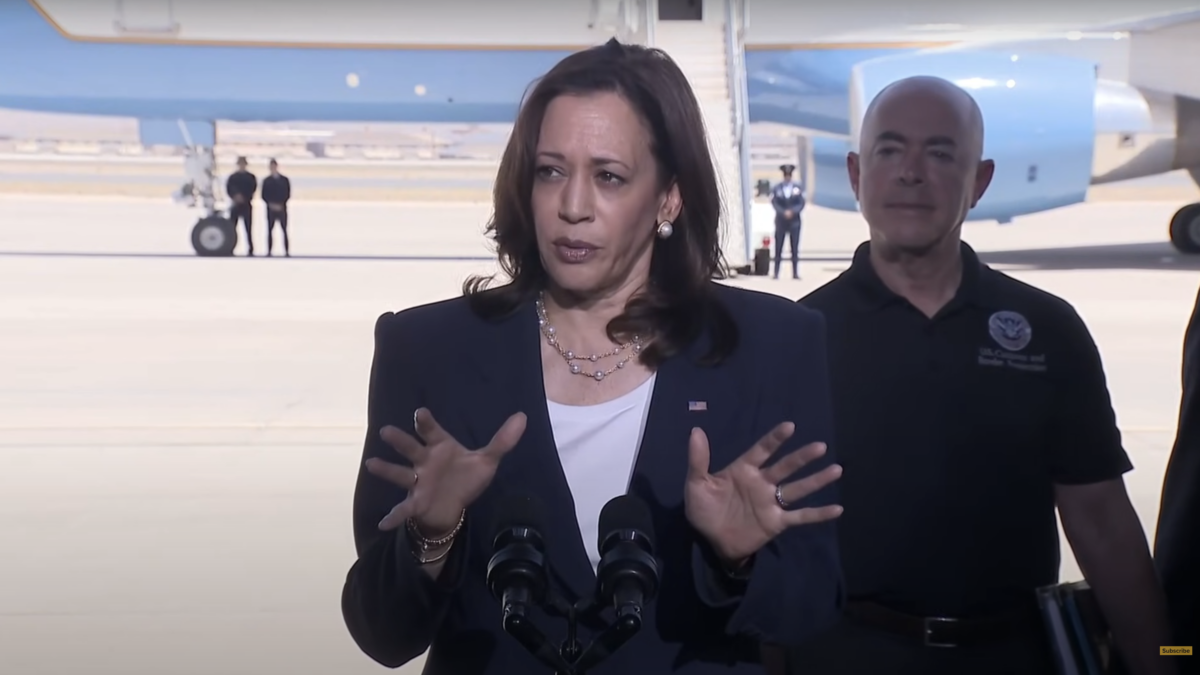Releasing just before 2023’s close, “Godzilla Minus One” took the world by storm. Produced on a budget reportedly under $15 million, “Minus One” earned Toho Studios roughly $100 million at the global box office by making people from all walks of life do that rarest of feats — flock to the movie theater.
Sure, the Godzillaheads out there eagerly anticipated the King of the Monsters’ 70th birthday celebration, but there simply aren’t enough of us them out there to explain why this movie was such a success.
How many major studio releases did you attend in the last five years that were simply awful? A lot. Almost every notable “pop culture” release in recent memory prioritized ideology over storytelling. “Minus One” did not, and it was rewarded.
To be sure, “Minus One” is an ideological movie. Godzilla, in general, came into being as a metaphor for the cultural and physical devastation caused by the nuclear bombings of Hiroshima and Nagasaki. But it doesn’t lean into the gay-race communism that most contemporary films do. Instead, it explores the psychological toll of survivor’s guilt and post-traumatic stress disorder and the importance of family, community, and mutual self-sacrifice.
The film opens by showing protagonist Kōichi Shikishima defecting from his duty as a kamikaze pilot during the final days of the Second World War. While wracked with neurotic ambivalence as he contemplates abandoning his suicidal obligation, the island-based mechanics’ outpost upon which he has taken refuge gets attacked by the film’s eponymous reptilian. Shikishima, having the opportunity to slide back his Mitsubishi Zero’s cockpit and gun down Godzilla, is overcome by fear, and all but he and head technician Sōsaku Tachibana are killed — a fact for which Tachibana holds him personally responsible.
Upon returning home to a bombed-out Tokyo and learning of the death of his parents and many of his neighbors, Shikishima is forced to reconcile how his inability to fulfill his duty — by defecting as a kamikaze pilot or stopping Godzilla’s initial rampage — enabled him to live while others died.
While reacclimating to life as a civilian, Shikishima finds himself shacking up with a young vagabond woman, Noriko Ōishi, and the orphaned child she adopted. From here, Shikishima finds work as a minesweeper to support his new domestic partner and their adoptive child while, unbeknownst to the world, Godzilla is irradiated by U.S. nuclear tests at Bikini Atoll.
Plagued by survivor’s guilt and believing his life to be a curse for which the only relief is death, Shikishima continues to be haunted by visions of his initial encounter with Godzilla — he is unable to lower his guard and truly connect with the young woman in love with him and their adoptive child.
The newly nuclearized Godzilla has mutated. It is now considerably larger and possesses new capabilities that not only remind Shikishima of his past trauma but also horrify him to new ends as it pursues his crew. After they barely escape with their lives, Shikishima confides in Noriko about his experience with the monster.
For Shikishima, the war never ended; he is still locked in combat with the ghosts of his past while the avatar of his continuing distress threatens his new life and the very existence of his civilization.
After finding its way to land, Godzilla devastates the Ginza district in Tokyo. Noriko, on her way to a new job in the city that she otherwise likely would not have taken had Shikishima been able to overcome his woes and make her his wife, is seemingly killed in the process. In the wake of this destruction, a volunteer coalition assembles, committed to taking out the beast amid government inaction.
The coalition devises a plan to crush Godzilla to death by rapidly sending it to the ocean floor with the assistance of freon gas. But Shikishima, now overcome with grief, secretly plots to fill a fighter plane with high-grade explosives and crash it directly into the only known weak point on Godzilla’s body, the inside of its mouth. He contacts Tachibana, enlists him in the cause, and, fully prepared to die, leaves his adopted child in the care of his neighbor.
Shikishima sees this new kamikaze mission as a way for him to finally end the war. This suicide mission will enable him to fulfill his original duty as a kamikaze pilot and avenge all the deaths for which he feels responsible. But despite his instance of pursuing an honorable death and retribution, Shikishima does not want to die. He has come to love his new life.
Seeing this and respecting the courage it took him to continue living forward despite all his suffering, Tachibana insists that Shikishima continue to live and implores him to eject prior to the plane’s collision. Honor for Shikishima is to be found in caring for his child and continuing to help those who rely upon him.
The plan goes more or less as intended. Shikishima is able to fatally wound Godzilla and avoid death. He is reunited with his child and learns that Noriko survived the Ginza attack, and the three of them move forward as a family as Shikishima’s war finally comes to a close.
It’s obvious why audiences enjoyed “Minus One” so much. Other than being visually stunning and not lecturing viewers from a pseudointellectual soapbox, it provided them with a nuanced, character-driven story and emphasized questions about the human experience that people have had for generations.
There was no divisive political framing or emphasis on identity. It only encouraged people to live well and seek goodness in community, family, and common cause.
Storytelling, not ideology, was the priority.
